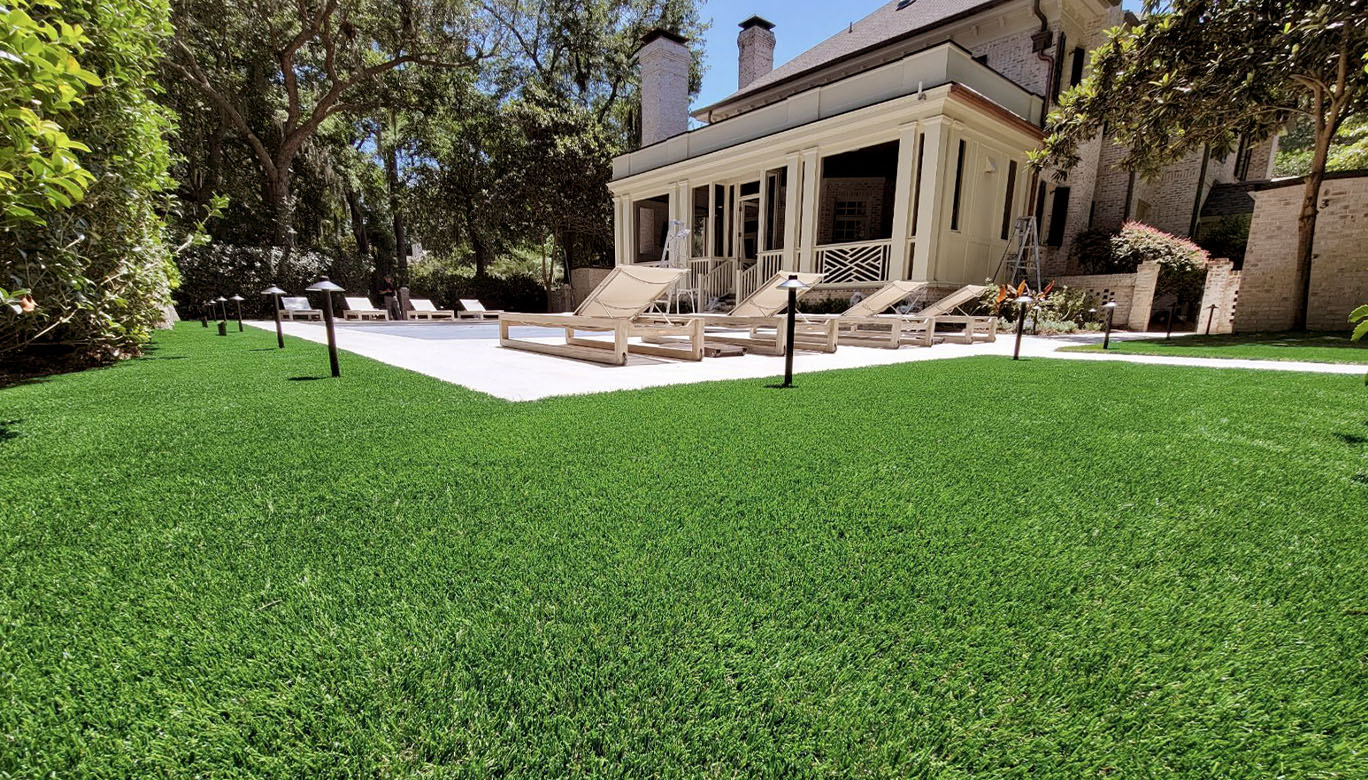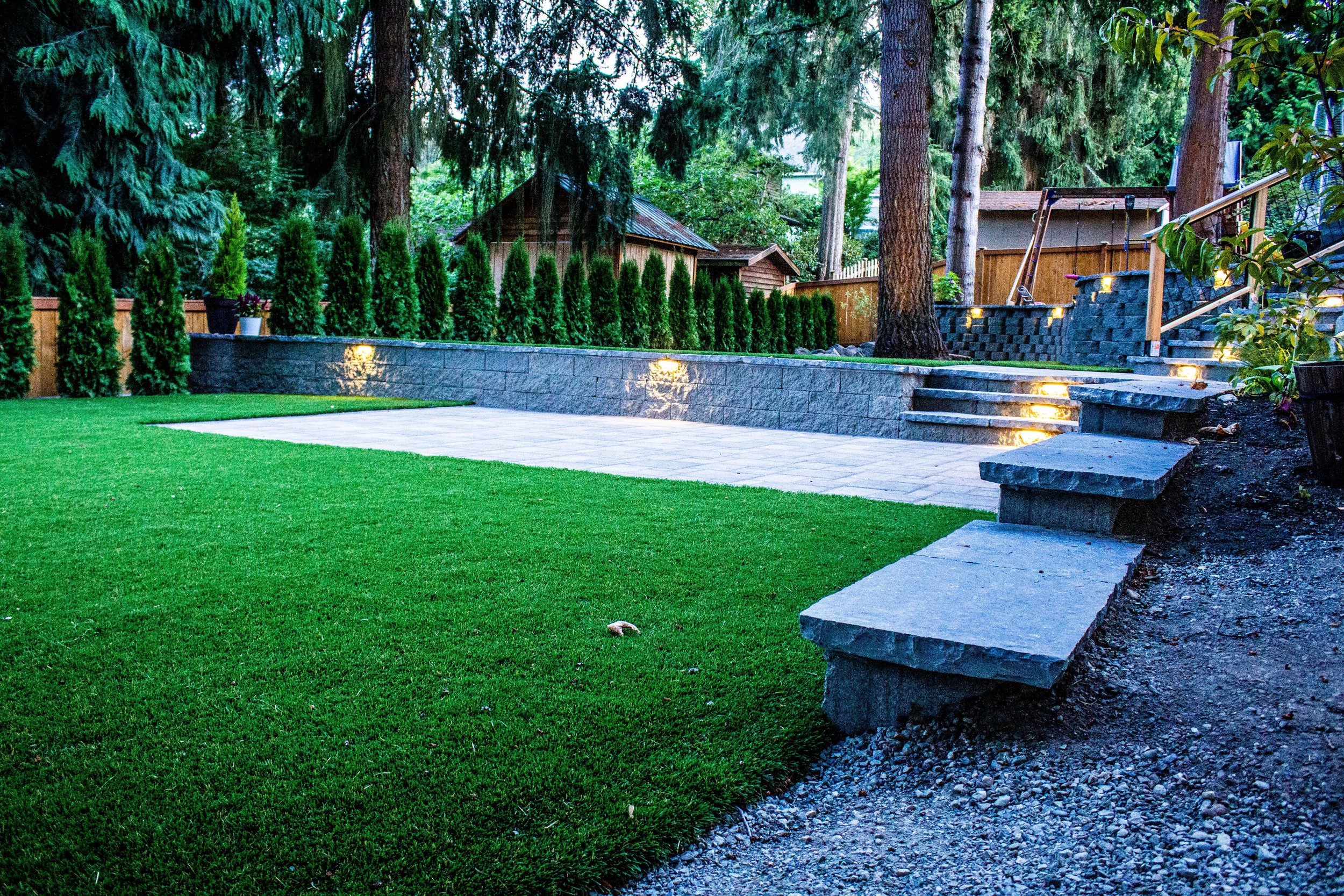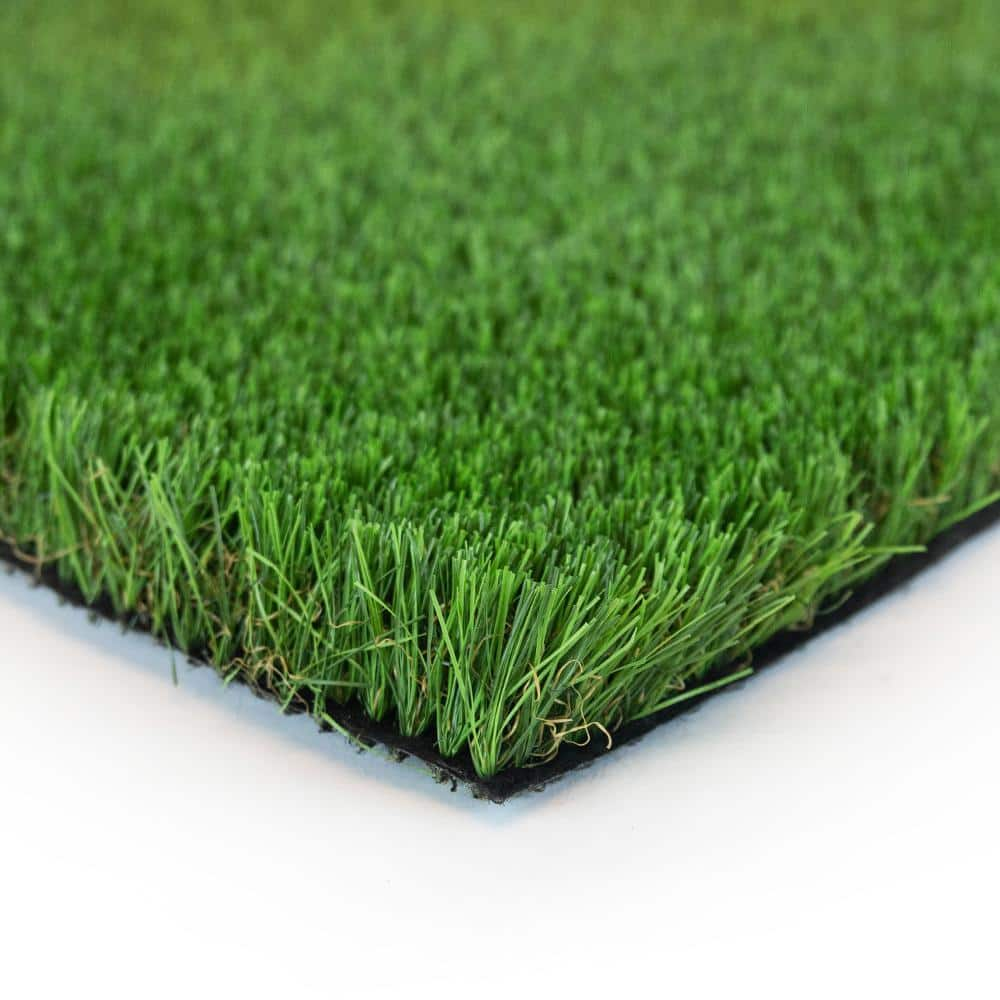Get the Leading Turf Installation Phoenix AZ Services for Your Home or Commercial Property
Get the Leading Turf Installation Phoenix AZ Services for Your Home or Commercial Property
Blog Article
See Why Homeowners Prefer Artificial Lawn for Lasting Landscape Design Practices
As home owners significantly prioritize sustainability in landscaping, synthetic lawn has actually emerged as an engaging alternative to traditional grass. What remains to be checked out is the complete extent of advantages that artificial turf can supply to home owners and the atmosphere alike.
Water Preservation Conveniences
Among one of the most significant advantages of synthetic grass is its role in water preservation. Typical lawn yards require considerable quantities of water to maintain their rich appearance, often causing overuse of local water sources, especially in arid areas. In comparison, man-made turf eliminates this need completely, as it does not call for watering. This not only saves water but additionally minimizes the stress on community water systems, specifically throughout drought conditions.
Furthermore, the installment of synthetic grass can add to a more sustainable landscape. House owners can significantly reduce their water costs, enabling for reallocation of sources to other environmental campaigns or house uses. In addition, man-made turf is developed to stand up to numerous weather conditions without the demand for supplemental watering, making it a suitable selection for areas facing water shortage.
The environmental advantages extend past prompt water cost savings. By decreasing water usage, fabricated lawn helps to mitigate the influences of climate adjustment, maintaining crucial ecological communities that are threatened by too much water extraction. As lasting landscape design methods obtain traction, synthetic grass becomes a liable choice for house owners seeking to create environmentally friendly exterior rooms.
Minimized Maintenance Efforts
Fabricated lawn substantially minimizes upkeep initiatives compared to traditional turf lawns. With man-made yard, house owners can eliminate the time-consuming jobs linked with all-natural landscape design, such as mowing, feeding, and weeding. This not only saves useful time but also decreases physical labor, making yard treatment accessible for individuals of any ages.
Standard yards require constant trimming to maintain a cosmetically pleasing elevation, whereas artificial lawn stays regularly rich without the requirement for cutting. In addition, house owners no much longer require to use pesticides or plant foods, which are commonly called for to keep all-natural lawn healthy and balanced.
In addition, fabricated turf is resilient and durable, needing minimal upkeep past periodic brushing and washing to get rid of debris. This convenience of maintenance allows house owners to enjoy their outdoor rooms without the consistent fear of upkeep, giving more time for leisure and household tasks. Eventually, the minimized upkeep initiatives connected with fabricated grass make it an enticing option for those seeking a low-maintenance, aesthetically appealing landscape.

Ecological Effect Reduction
There is an expanding acknowledgment of the ecological benefits connected with synthetic grass, particularly in regards to water conservation and lowered chemical use. Traditional lawns call for substantial amounts of water, specifically in drought-prone areas, causing enhanced strain on neighborhood water resources. In contrast, synthetic grass gets rid of the demand for watering, significantly reducing water intake and advertising sustainability.
Additionally, traditional grass upkeep frequently entails the application of fertilizers, herbicides, and chemicals, which can add to dirt and water contamination. Man-made turf alleviates this environmental danger by calling for very little maintenance and virtually getting rid of the requirement for dangerous chemicals. This not only boosts soil health however additionally shields neighborhood communities from poisonous drainage.
Additionally, the manufacturing of all-natural yard yards generally involves making use of nonrenewable fuel sources for trimming and landscaping devices, more adding to greenhouse gas exhausts. By selecting fabricated turf, homeowners can considerably decrease their see here now carbon footprint linked with yard treatment tasks.
Aesthetic Appeal and Versatility
Along with its environmental benefits, synthetic grass offers considerable aesthetic appeal and versatility for landscape design. Property owners can accomplish a lavish, environment-friendly look year-round, eliminating the seasonal changes typically related to natural lawn. This regular visual not only enhances the visual appeal of a home however likewise contributes to a well-maintained and polished appearance.
Moreover, synthetic grass is offered in a variety of styles, structures, and shades, permitting customization to fit specific choices and style themes - Turf installation phoenix az. Whether utilized in residential gardens, industrial areas, or about his leisure areas, it can perfectly integrate into varied landscape design designs, from modern minimal to lavish tropical settings
The flexibility of synthetic grass extends past plain appearance; it can be installed in various places, consisting of rooftops, outdoor patios, and even indoor rooms, producing possibilities for one-of-a-kind landscaping solutions. Additionally, it appropriates for a series of activities, from youngsters's play locations to pet-friendly settings, supplying functionality without endangering design.
Ultimately, the aesthetic appeal and adaptability of fabricated lawn make it an eye-catching choice for home owners seeking lasting landscape design remedies that do not give up beauty for ecological responsibility.

Long-Term Price Cost Savings
One of the most engaging benefits of fabricated grass is its capacity for lasting expense savings. Unlike natural yard, which needs regular maintenance-- including mowing, from this source watering, feeding, and insect control-- fabricated grass significantly reduces these continuous expenditures.
Additionally, synthetic grass has a lifespan of 15 to 25 years, relying on its quality and use. This durability reduces replacement costs, making it an extra affordable selection over time. Furthermore, the initial investment in fabricated grass can frequently be recouped with the savings accrued in time.
While the in advance price may seem greater contrasted to sod installment, the advancing financial savings from reduced maintenance and water use frequently outweigh these initial expenditures. Ultimately, the fostering of synthetic grass not just advertises a lasting landscaping solution however likewise provides homeowners a financially savvy alternative that straightens with long-lasting budgeting objectives.
Conclusion
Synthetic grass becomes a compelling option for lasting landscaping, offering substantial advantages in water preservation, reduced maintenance initiatives, and diminished environmental effect. Its visual allure and convenience improve the visual landscape while lining up with modern sustainability objectives. Furthermore, long-term cost savings contribute to its attractiveness for home owners. As neighborhoods progressively prioritize eco-friendly techniques, the adoption of artificial turf represents a dynamic action towards attaining sustainable and durable landscapes.
Furthermore, fabricated turf is made to endure numerous weather conditions without the requirement for extra watering, making it a perfect option for regions dealing with water deficiency. (Arizona artificial turf)

Artificial turf emerges as a compelling option for sustainable landscaping, providing considerable advantages in water preservation, reduced maintenance efforts, and decreased environmental influence.
Report this page